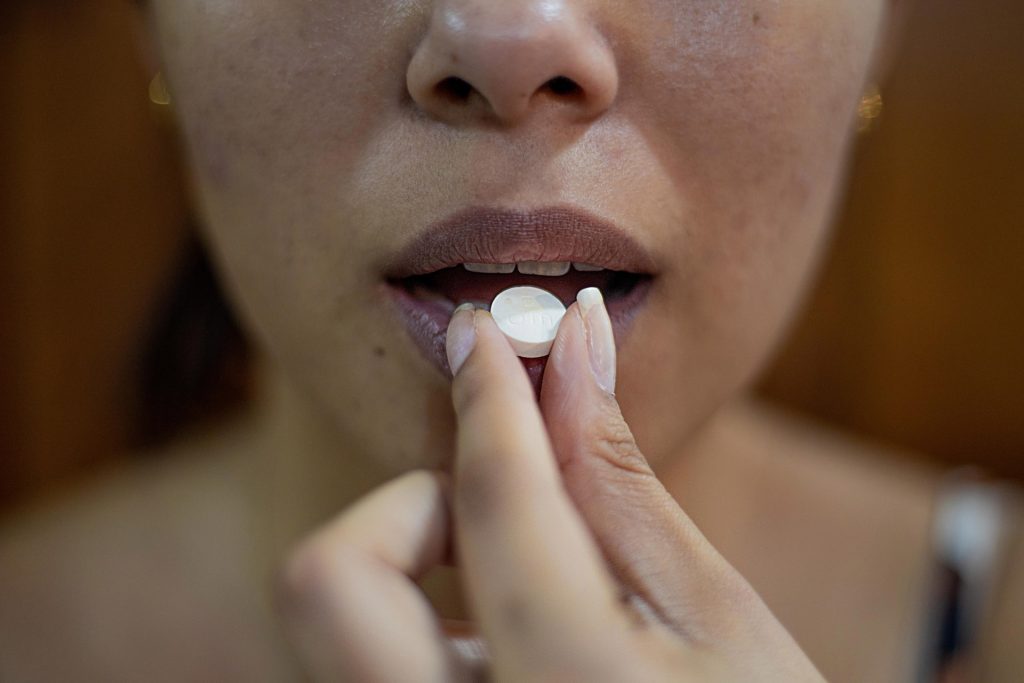Asymmetric Placebo Effect in Response to Spicy Food
Positive expectations facilitate reward processing and negative expectations prime pain processing

The expectations humans have of a pleasurable sensation asymmetrically shape neuronal responses and subjective experiences to hot sauce, according to a study published October 8th, in the open-access journal PLOS Biology by Yi Luo from East China Normal University, Kenneth Kishida from Wake Forest School of Medicine, US, and colleagues.
Expectations shape our perception, profoundly influencing how we interpret the world. Positive expectations about sensory stimuli can alleviate distress and reduce pain through what’s known as the placebo effect, while negative expectations may heighten anxiety and exacerbate pain. In the new study, Luo, Kishida, and colleagues investigated the impact of the hedonic aspect of expectations on subjective experiences.
Specifically, the researchers measured neurobehavioral responses to the taste of hot sauce among individuals with a wide range of taste preferences. In total, 47 participants completed the tasks while undergoing functional magnetic resonance imaging scanning. The researchers identified participants who liked versus those who strongly disliked spicy flavors and provided contextual cues about the spiciness of the sauce to be tasted. That way, they were able to dissociate the effects of positive and negative expectations from sensory stimuli (i.e., visual and taste stimuli), which were the same across all participants.
The results showed that positive expectations lead to modulations in the intensity of subjective experience. These modulations were accompanied by increased activity in brain regions previously linked to pleasure, information integration, and the placebo effect, including the anterior insula, dorsolateral prefrontal cortex, and dorsal anterior cingulate cortex. By contrast, negative expectations decreased hedonic experience and increased neural activity in the Neurological Pain Signature network.
Taken together, these findings demonstrate that hedonic aspects of one’s expectations asymmetrically shape how the brain processes sensory input and associated behavioral reports of one’s subjective experiences of intensity, pleasure, and pain. The results suggest a dissociable impact of hedonic information. While positive expectations facilitate higher-level information integration and reward processing, negative expectations prime lower-level processes related to pain and emotions. According to the authors, this study demonstrates the powerful role of hedonic expectations in shaping subjective reality and suggests potential avenues for consumer and therapeutic interventions targeting expectation-driven neural processes.
The authors add, “Our study highlights how hedonic expectations shape subjective experiences and neural responses, offering new insights into the mechanisms behind pain perception.”
Provided by PLOS




